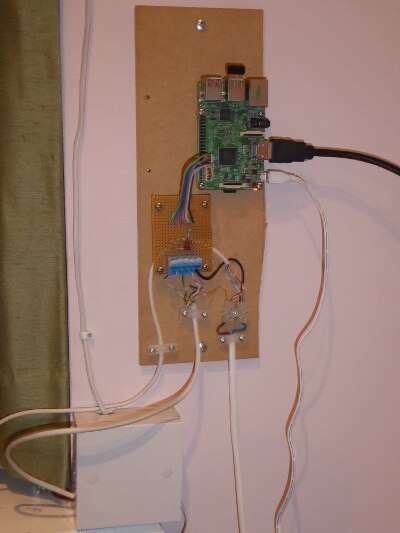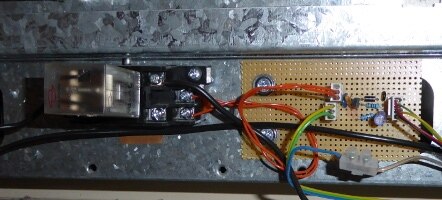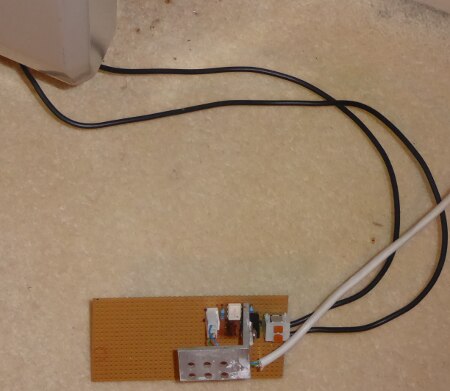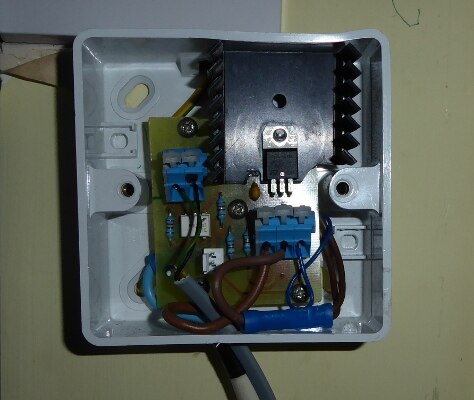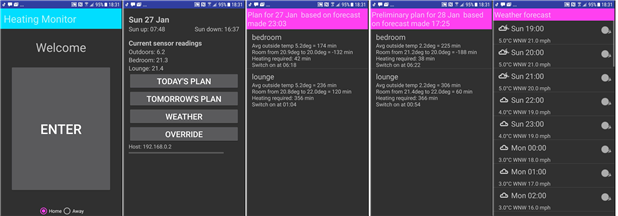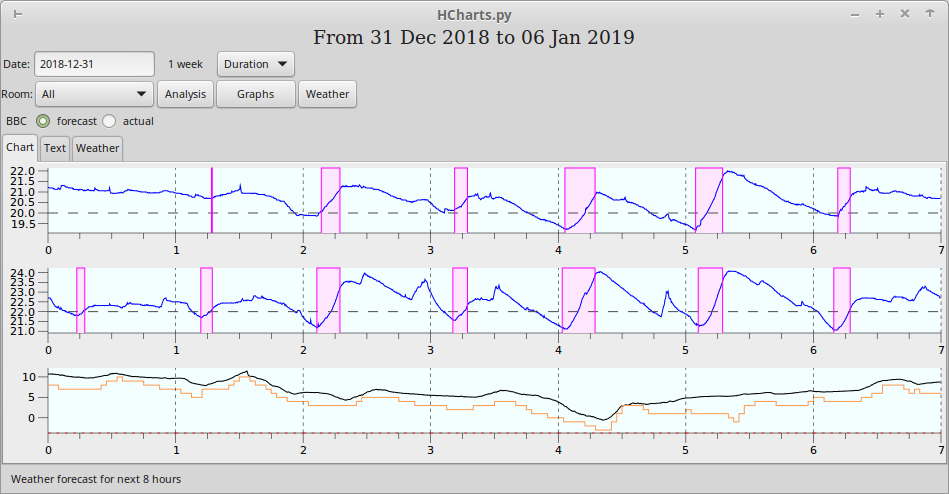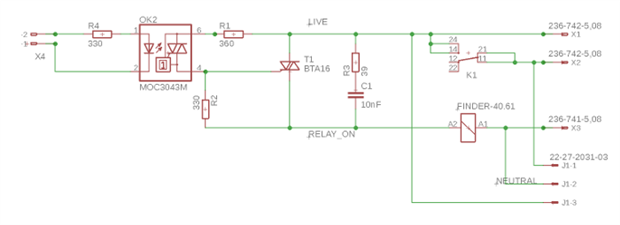When I moved in to a flat with storage heaters late 2014 I quickly realised I needed to do something since the systems
are too unsofisticated. Very soon I developed a system running python on Linux to operate the radiators via
an arduino and 12V relays (hacking into the radiators). Using the BBC forecast for my post code to work out the demand.
I have spent ages to make my system useful to the public.
I have reached a point where it now can run on a standalone RaspberryPi and I have designed a switching unit to
connect before the radiator that on a +3.3V signal switches the radiator on.
If I were younger I might want to productise this but now I just want to help other storage heater users to save money
and have more pleasant temperatures.
Anybody out there interested?






